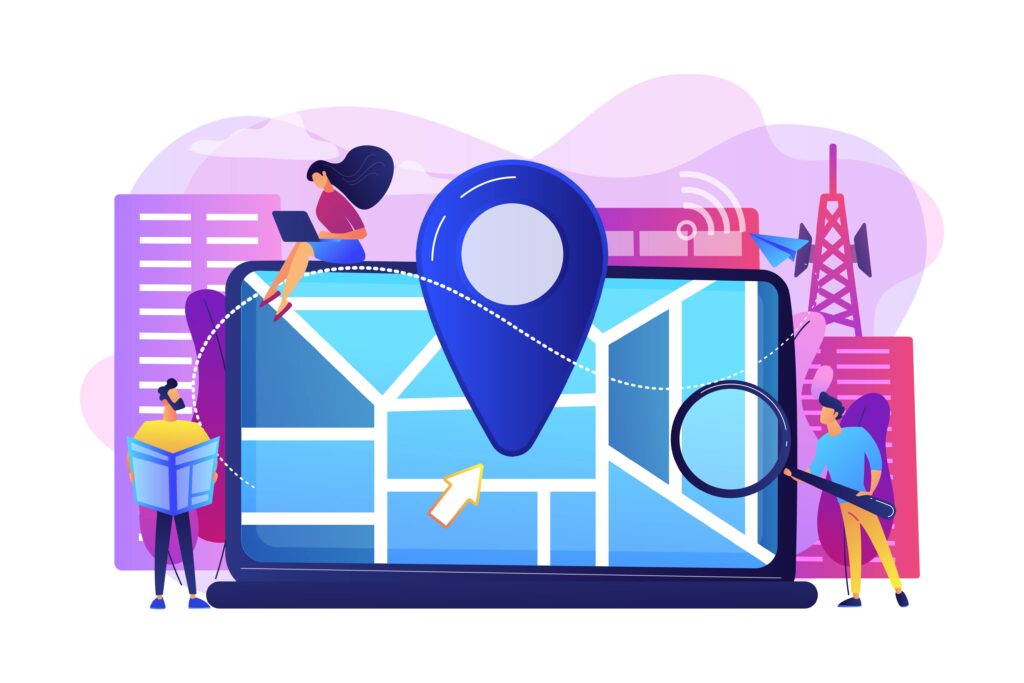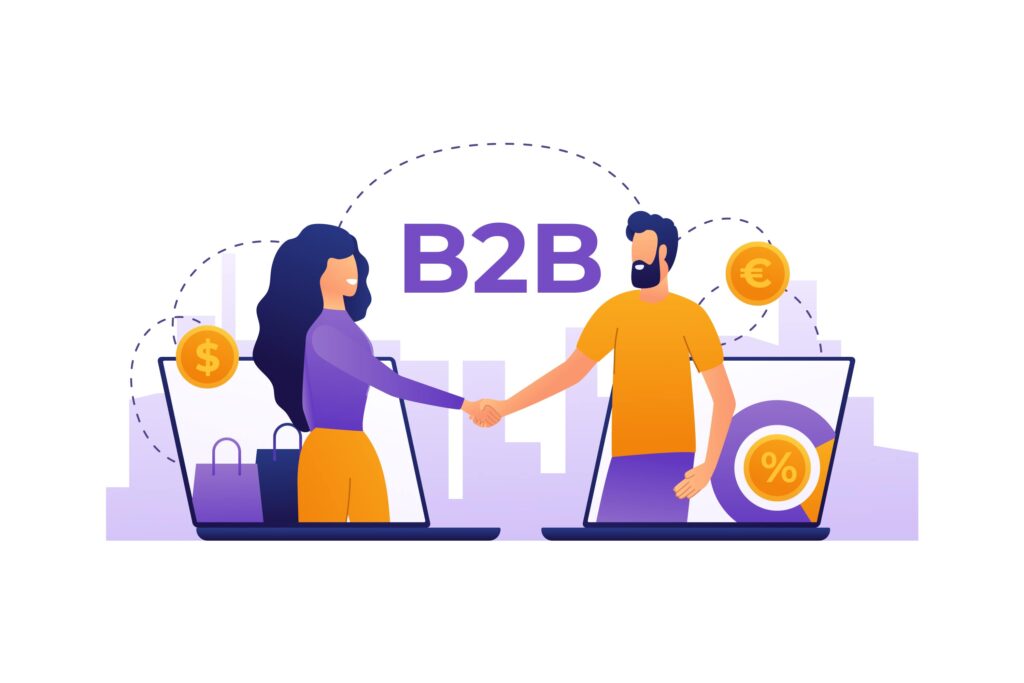Driving substantial traffic to your website requires a strategic approach to SEO. Whether you’re running a blog, a DSC agency, an e-commerce site, or a nonprofit platform, optimizing for search engines can significantly enhance your reach. In this comprehensive guide, we’ll explore how to achieve 1,000 visitors per day using SEO.
SEO, or Search Engine Optimization, is the practice of optimizing a website or online content to improve its visibility and rankings on search engine results pages (SERPs). The goal of SEO is to drive organic, unpaid traffic to a website, resulting in increased visibility, targeted traffic, and potential conversions.
The benefits of SEO include increased organic traffic, improved website visibility, higher rankings on search engines, better user experience, and the potential for higher conversions and revenue. SEO is a long-term strategy that requires continuous effort, monitoring, and adjustment to keep up with search engine algorithms and changes in the online landscape.
- Understanding SEO and Its Importance
- Actionable strategies to bring 1,000 visitors daily
- 1. Keyword Research: The Foundation of SEO Traffic
- 2. Content Creation: Attract & Retain Visitors
- 4. On-Page SEO Optimization
- 5. Technical SEO: Enhancing Website Performance
- 6. Off-Page SEO: Building Authority & Backlinks
- 7. Local SEO & Google My Business Optimization
- 8. Tracking SEO Performance & Improving Results
- 9. User Experience (UX) Optimization
Understanding SEO and Its Importance
Before diving into tactics, let’s establish what SEO is and why it matters.
What is SEO?
Search Engine Optimization (SEO) refers to the practice of optimizing your website to rank higher in search engine results pages (SERPs). It enhances visibility, drives organic traffic, and improves user engagement.
Why SEO Matters for Traffic Growth
- 93% of online experiences begin with a search engine.
- Organic traffic is more sustainable and cost-effective than paid advertising.
- Higher-ranking websites receive significantly more clicks than lower-ranked ones.
Now, let’s dive into actionable strategies to bring 1,000 visitors daily.
Actionable strategies to bring 1,000 visitors daily
1. Keyword Research: The Foundation of SEO Traffic
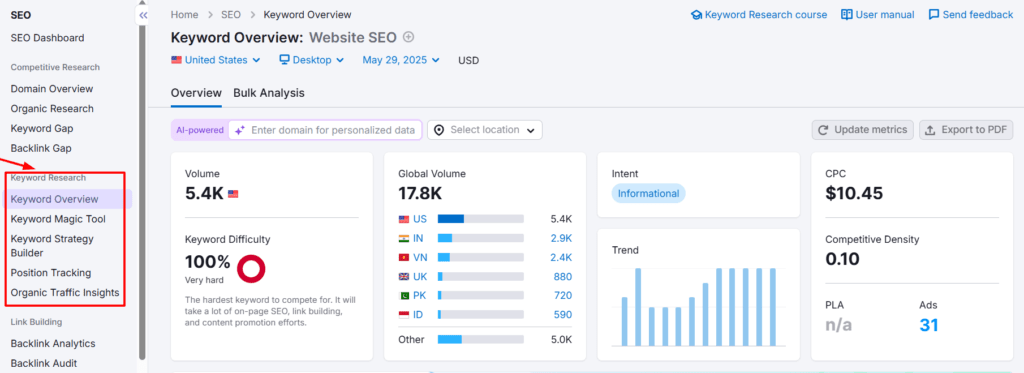
Keywords dictate your visibility in search engines. Here’s how to find and optimize them effectively.
Finding High-Impact Keywords
Identify high-traffic, low-competition keywords. Prioritize long-tail keywords with strong search intent to improve rankings and attract the right audience.
Use tools like:
- Google Keyword Planner – Identifies search volume and competition.
- Ahrefs & SEMrush – Helps find competitive keywords.
- Ubersuggest – Suggests keyword variations.
Target keywords that:
- Have high search volume (10,000+ monthly searches).
- Are low to medium competition for easier ranking.
- Include long-tail keywords (e.g., “best donation plugins for WordPress” rather than “WordPress plugins”).
Optimizing Keywords in Your Content
Place keywords strategically in title tags, meta descriptions, headings (H1, H2, H3), and body content to improve visibility. Ensure natural integration to enhance readability and search engine relevance.
- Title Tags – Ensure the primary keyword appears in your title.
- Meta Descriptions – Write compelling descriptions using relevant keywords.
- Headings (H1, H2, H3) – Use structured formatting with keywords.
- Content Placement – Sprinkle keywords naturally in paragraphs and subheadings.
2. Content Creation: Attract & Retain Visitors
SEO thrives on valuable, high-quality content. Follow these principles for better reach.
Developing Content That Ranks
Create long-form, high-quality content (1,500+ words) that addresses user intent and provides actionable insights. Use engaging formats like tutorials, comparison guides, and evergreen topics to maximize rankings and retention.
- Long-Form Articles (1,500+ words) – Google favors in-depth content.
- Evergreen Topics – Focus on subjects with lasting relevance.
- Engaging Formats – Use tutorials, comparison guides, and listicles.
Using Structured Blog Formats
Start with a compelling introduction that hooks readers and clearly outlines key takeaways. Use subheadings, bullet points, and visuals to enhance readability and engagement.
- Start with compelling introductions to hook readers.
- Break up text using bullet points, images, and subheadings.
- Include actionable takeaways to keep users engaged.
Leveraging User Intent for Content Optimization
Align content with user search intent by creating informational guides, transactional pages, and navigational resources. Understand search behavior to craft relevant content that satisfies user needs and improves engagement.
- Informational Searches: Provide guides and tutorials.
- Transactional Searches: Optimize product pages with clear CTAs.
- Navigational Searches: Ensure your brand appears in relevant searches.
4. On-Page SEO Optimization
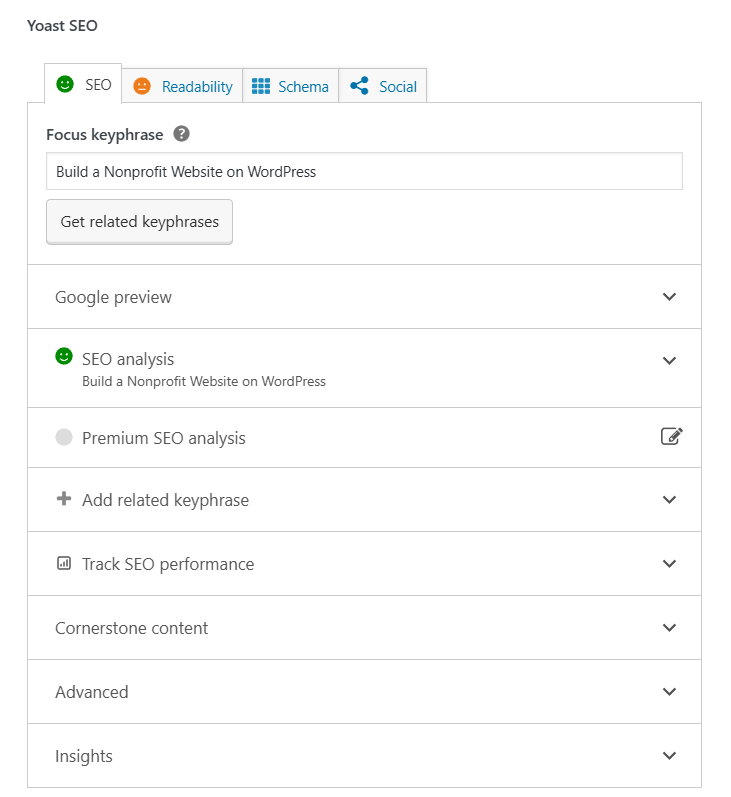
Fine-tuning website elements can significantly boost rankings.
Title Tags & Meta Descriptions
Craft concise, keyword-rich title tags under 60 characters for better rankings. Write engaging meta descriptions with a clear CTA to improve click-through rates and user engagement.
- Title tag best practice: Stay within 60 characters, include primary keywords.
- Meta description strategy: Use engaging phrasing to improve click-through rates.
Internal & External Linking
Use internal links to connect related pages and improve site structure, enhancing user navigation and SEO. Include external links to authoritative sources to boost credibility and search engine trust.
- Internal Links: Connect relevant blog posts for a better site structure.
- External Links: Reference authoritative sites to boost credibility.
Optimized URLs
Keep URLs short, descriptive, and keyword-rich for better readability and search engine rankings. Use hyphens instead of underscores to improve indexing and user experience.
- Keep URLs short and keyword-rich.
- Use hyphens instead of underscores for readability.
5. Technical SEO: Enhancing Website Performance
Google prioritizes well-optimized websites. Here’s what to improve.
Website Speed Optimization
Improve loading speed by using a Content Delivery Network (CDN), optimizing image compression, and enabling browser caching. Choose lightweight themes for better performance, especially on WordPress-based sites.
- Use CDN and compressed images to speed up loading times.
- Enable browser caching for faster access.
- Choose lightweight WordPress themes if applicable.
Mobile Optimization
Ensure your website has a responsive design that adapts to different screen sizes for seamless user experience. Test performance using Google’s Mobile-Friendly Test to identify and fix compatibility issues.
- Ensure a responsive design.
- Test site performance on Google’s Mobile-Friendly Test tool.
Secure & Accessible Website
Implement SSL certificates to enhance security and ensure HTTPS encryption. Improve crawlability by submitting an XML sitemap and optimizing site accessibility for search engines and users.
- Implement SSL certificates for HTTPS security.
- Improve crawlability by submitting an XML sitemap.
6. Off-Page SEO: Building Authority & Backlinks
Backlinks significantly impact rankings.
Earning High-Quality Backlinks
Build backlinks through guest posting on authority sites, broken link building, and HARO (Help A Reporter Out). Focus on high-quality, relevant sources to enhance domain authority and improve search rankings.
- Guest Posting: Publish articles on authority sites in your niche.
- Broken Link Building: Find broken links on other websites and suggest yours as a replacement.
- HARO (Help A Reporter Out): Provide expert opinions to journalists in exchange for backlinks.
Leveraging Social Signals
Promote content through social media platforms like LinkedIn, Twitter, and niche forums to enhance visibility. Encourage social sharing and engagement using embedded share buttons and compelling posts.
- Promote content via LinkedIn, Twitter, and niche forums.
- Encourage social sharing through embedded share buttons.
7. Local SEO & Google My Business Optimization
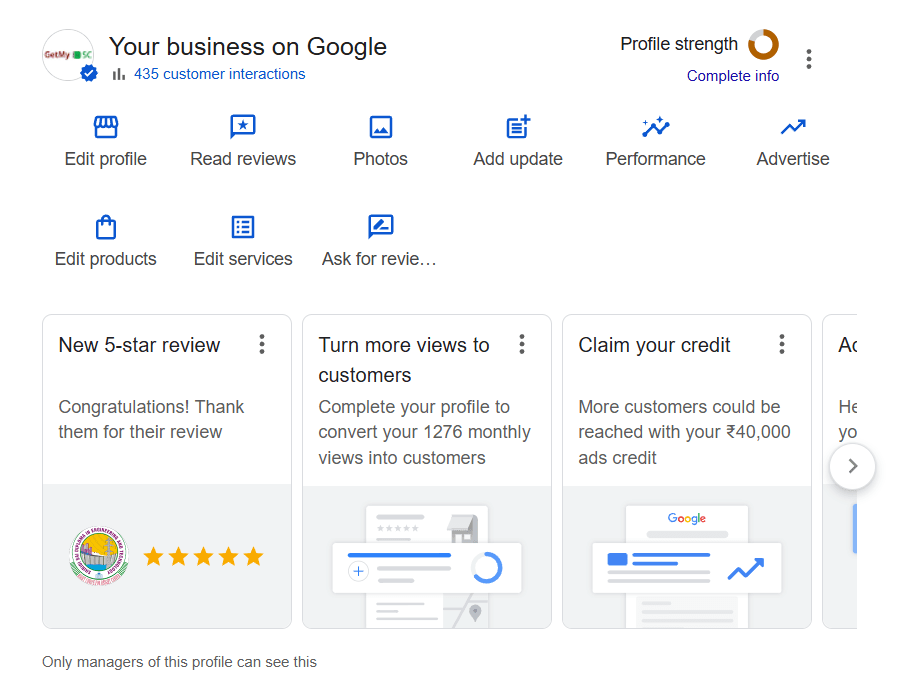
If targeting location-based traffic, optimize local presence.
Enhance Google My Business Listings
Optimize your Google My Business profile by completing all details, using location-based keywords, and uploading high-quality images. Encourage customer reviews to improve credibility and local search rankings.
- Fill out complete profile details.
- Encourage customer reviews for social proof.
- Use location-based keywords.
Local Citations & Directories
Submit your business details to local directories like Yelp, Yellow Pages, and niche-specific listings to improve local search visibility. Ensure consistent NAP (Name, Address, Phone Number) across all platforms to boost credibility.
- Submit details on sites like Yelp, Yellow Pages, and industry-specific directories.
8. Tracking SEO Performance & Improving Results
SEO is an ongoing process. Monitor and adjust accordingly.
Essential Tools for SEO Breakdown
Use Google Analytics to track visitor behavior, Google Search Console to monitor crawl errors, and Ahrefs or SEMrush for competitor insights. These tools help refine your SEO strategy and improve performance over time.
- Google Analytics – Tracks visitor behavior.
- Google Search Console – Identifies crawl errors.
- Ahrefs & SEMrush – Provides competitive insights.
Adjusting Strategies Based on Data
Continuously analyze SEO performance using Google Analytics, Search Console, and competitive insights to identify areas for improvement. Refresh old content, optimize underperforming pages, and refine keyword strategies based on data trends.
- Improve underperforming content.
- Refresh old posts with updated information.
- Track bounce rates and user retention.
9. User Experience (UX) Optimization
Enhancing the website’s design, navigation, and overall user experience to make it more appealing and user-friendly, which can result in longer user engagement and better SEO performance.
- Improve Page Load Speed – Faster loading times enhance user retention and reduce bounce rates.
- Enhance Navigation & Readability – Use clear menus, intuitive layouts, and structured content for better accessibility.
- Mobile-Friendly Design – Ensure responsiveness across devices to provide seamless user experiences.
Conclusion
Driving 1,000 visitors per day using SEO requires a combination of strategic planning, continuous optimization, and high-quality content. It’s not an overnight process, but with persistent effort, measurable results will follow.
To summarize:
- Conduct thorough keyword research to target high-impact search terms.
- Create compelling and structured content that meets user intent.
- Optimize on-page SEO, including title tags, meta descriptions, and internal linking.
- Strengthen technical SEO, focusing on site speed, mobile optimization, and security.
- Build authoritative backlinks through guest posting and outreach efforts.
- Leverage social signals by promoting content effectively across platforms.
- Monitor performance using analytics tools and refine strategies based on data insights.
- Enhance user experience to ensure visitors stay engaged and convert.
Achieving consistent organic traffic at this level means continuously adapting to changes in search engine algorithms, evolving your content approach, and staying ahead of competitors. SEO is an ongoing journey, but if executed properly, it establishes your website as an authoritative source in your niche, driving sustainable growth and long-term success.
By implementing these best practices and remaining committed to optimization, you can build a website that attracts 1,000+ visitors daily, strengthens brand presence, and maximizes engagement.
Read More:
Reasons Why Building an Email List is so Important



